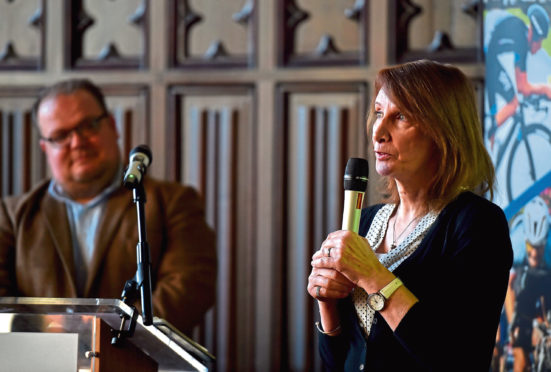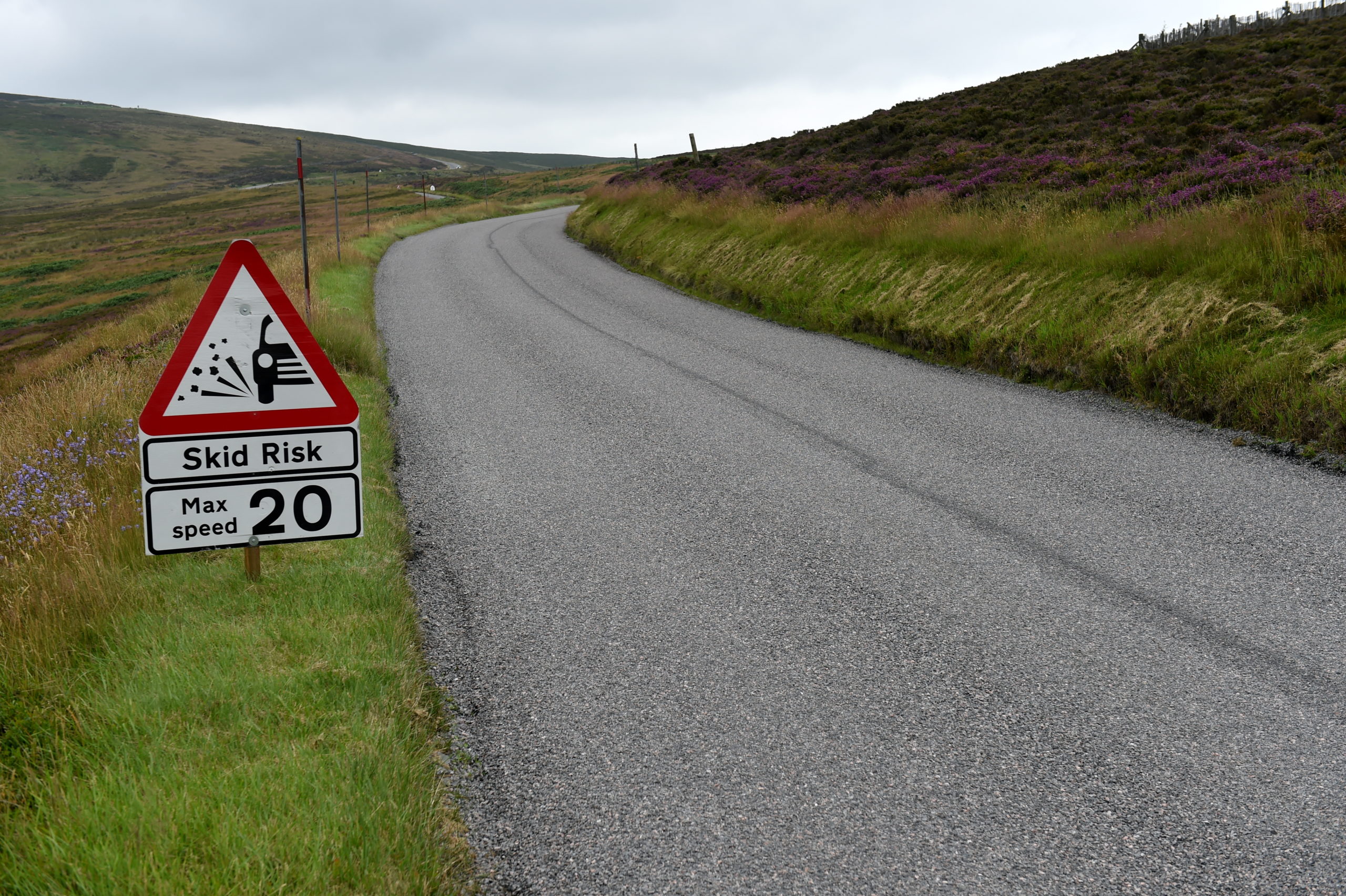Former cyclist Pippa York recognises her involvement in events like the Tour of Britain can help LGBTQ participation in sport.
York, 61, is Scotland’s greatest ever road cyclist and – while living as Robert Millar – finished fourth in the 1984 Tour de France.
She also recorded second place finishes in both the 1987 Giro d’Italia, and 1985 and 1986 Vuelta a Espana.
York, who announced she had transitioned in 2017, was in the Granite City yesterday as Tour of Britain organisers revealed Stonehaven as the start point for this year’s final stage in Aberdeen city and shire.
An advocate for further visibility and acceptance of LGBTQ people in sport and wider society, York said: “Quite often, wherever you sit on that LGBTQ spectrum, you feel quite isolated.
“The good thing about sport is that we tend to mix with other people, isolation disappears and you’re treated as a participant and not an ‘other’.
“That’s really important for the next generation that comes along.
“Kids pull up their parents now and say ‘you can’t think like that’.
“In companies as well now, their employees have protection.
“It’s really nice for me to be asked to do something like this (promote the Tour of Britain).
“I never thought it would happen.
“I consider what I do now as part of the education role.
“It can be difficult when people talk about me from before, but that’s my history and it’s not something to be ashamed of anymore.
“There’s no stigma to be attached to it.”
A climbing specialist, York won the mountain classification during her historic Tour de France and Giro d’Italia campaigns.
It was revealed yesterday that, while the rest of the route for the north-east stage of the Tour of Britain is yet to be finalised, the Stonehaven section will take in the fearsome Cairn o’Mount – a three-kilometre ascent with an average gradient of 10%.
York, who won the Tour of Britain in 1989, thinks the key to a good race are climbs which still allow riders to go on the offensive, saying: “It’s not the Alps or the Pyrenees, but you can’t have that type of route every time.
“It has to be balanced and when the riders come they feel like they have the chance to race.
“It makes it more exciting.
“The push to make routes harder and harder (through steep climbs) doesn’t always work, because then it’s too hard to make it an attacking race.”
Although it’s not been confirmed, it’s widely expected the tour’s north-east finale on Sunday September 13 will wind through the region before a climax in Aberdeen city centre.
Sport is by nature unpredictable, but chief executive of Tour organiser Hugh Roberts knows the “ideal” scenario after up to 200km of fierce competition.
He said: “For the spectators who’ll be lining up in their tens of thousands on Union Street, in an ideal world you’d have a cavalry charge going down there with 20 or 30 riders at the front.”
Roberts says that while cycling’s packed calendar makes it difficult to know for sure, this year’s north-east stage should also feature some of the sport’s big names, who “are starting to become increasingly aware of the benefits of riding in the Tour of Britain”.
York is well-placed to explain what makes the Tour of Britain attractive to home riders.
She said: “There are certain races you’re attracted to, especially your home tour.
“Although it might not be placed as hugely important in the grand scheme of things, it’s important to you, as it’s good to show what you can do on your home roads.
“It’s at a place in the calendar between the Tour de France and the World Championships, so a lot of people will use it as a preparation to see how they feel ahead of the next major objective.
“So it’s important to do well.”

